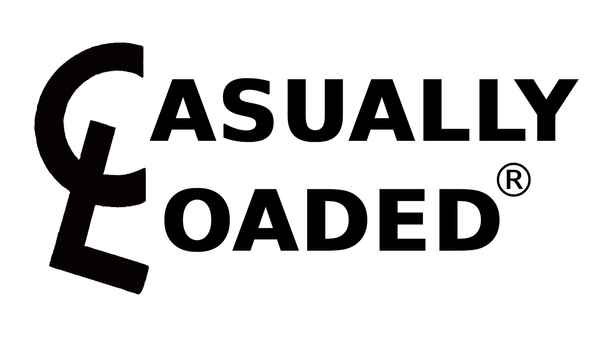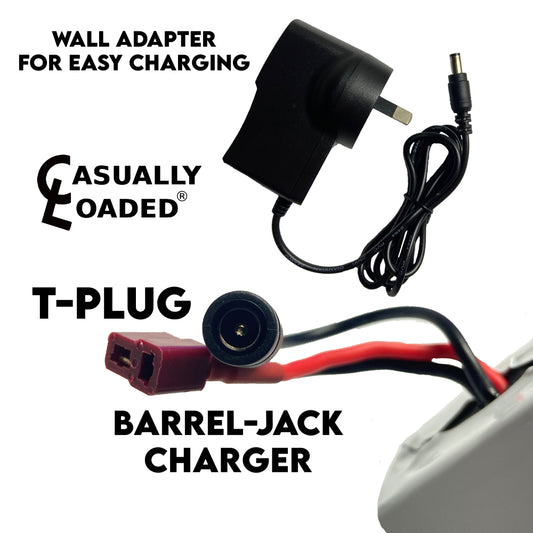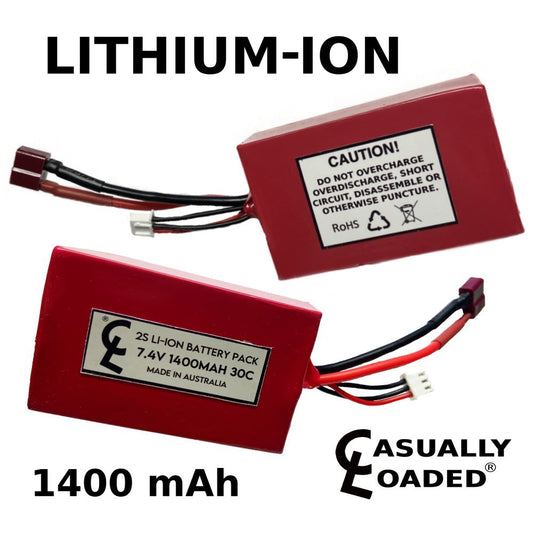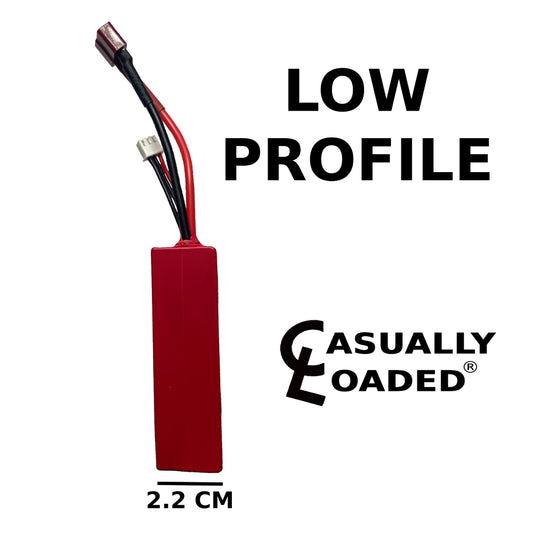Lithium-ion Hobby Battery Packs
-
2x 3S Lithium-ion Battery Pack, 11.1V-12.6V 1000mAh 30C.
Regular price $54.99 AUDRegular priceUnit price per -
12.6V Lithium-ion Battery, 1700mAh 40A Discharge.
Regular price From $59.99 AUDRegular priceUnit price per -
2x 2S Lithium-ion Battery Pack, 7.4V-8.4V 1400mAh 30C.
Regular price $44.99 AUDRegular priceUnit price per -
2x 4S Lithium-ion Battery Pack, 14.8V-16.8V 1000mAh 30C.
Regular price $64.99 AUDRegular priceUnit price per
FAQs
How Do I Charge My Lithium-Ion Battery Pack?
To charge a lithium-ion battery pack which should always take place within a LiPo safe bag, you have two options: First, which is the recommended method, use a dedicated lithium-ion hobby battery charger, connect the JST balance lead and T-plug power lead to the charger and follow the devices instructions to set the correct charging settings. Second which is only for advanced users or those without access to a proper charger, create your own charger with a BMS circuit, to do this you must ensure proper wiring, voltage, and current limits and be very careful. Regardless of the method, closely monitor the charging process, never leave the battery unattended, and strictly adhere to safety guidelines for a safe and efficient charging process.
How Do I Store My Lithium-Ion Battery Pack?
When not in use, store your lithium-ion battery pack in a cool and dry place, away from direct sunlight and extreme temperatures ideally in a LiPo safe bag. It is advisable to keep the battery partially charged, ideally between 30% to 50% of its capacity, as storing it fully charged or completely depleted for extended periods can lead to capacity loss. Regularly check the battery's charge level during storage and recharge it if it falls below the recommended range.
When Should I Replace My Lithium-Ion Battery Pack?
All battery packs have a limited lifespan and will eventually degrade over time. Signs that your battery pack may need replacement include significantly reduced capacity, noticeably shorter runtime, frequent overheating during use or during charging. Major issues indicating immediate replacement are swelling, chemical leakage or any other physical damage. If you experience any of these issues, it is recommended to replace the battery pack as soon as possible to ensure optimal performance and safety.
What Are The Safety Measures For Using A Lithium-Ion Battery Pack?
To ensure safe usage of your lithium-ion battery pack, always use a specified and reliable charger that is compatible with the battery pack to avoid overcharging or other damage. Additionally, avoid exposing the battery pack to water or other liquids, as this can cause short circuits and damage the cells. It's crucial not to puncture or disassemble the battery pack, as this can lead to leakage of hazardous chemicals and create fire hazards. If you notice any damage or swelling in the battery pack, discontinue use immediately. Never short-circuit the battery terminals, as it can lead to overheating and potential fire hazards. Keep the battery pack away from flammable materials and sources of heat and ensure that children do not handle the battery pack without adult supervision. Please note that this safety advice is general and CasuallyLoaded® does not accept any responsibility for damages or loss resulting from failure to adhere to this advice or for other hazards not covered by this advice.
What Does The "S" Rating Mean?
The "S" rating of a lithium-ion battery pack indicates the number of 3.7V cells that are connected in series and determines the total voltage output of the battery pack.
What Does The "C" Rating Mean?
The "C" rating of lithium-ion batteries refers to the discharge rate capacity, indicating how quickly the battery can deliver energy relative to its capacity. To calculate the amperage of this delivery, multiply the "C" rating by the packs capacity in ampere-hours (Ah). For example, a battery with a 30C rating and a 1000mAh (1Ah) capacity can deliver a maximum current of 30 amperes.








